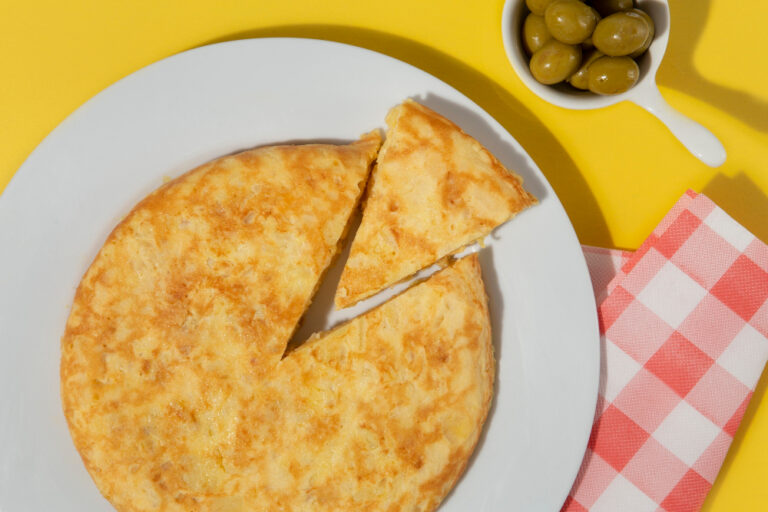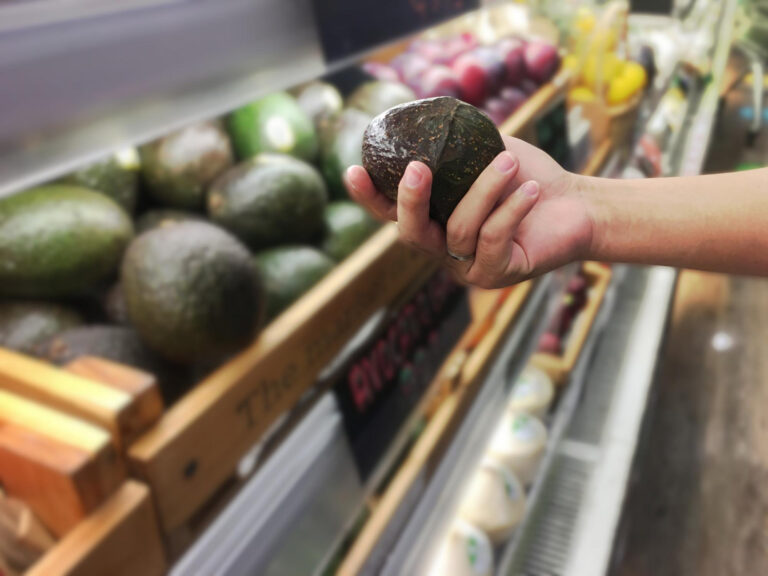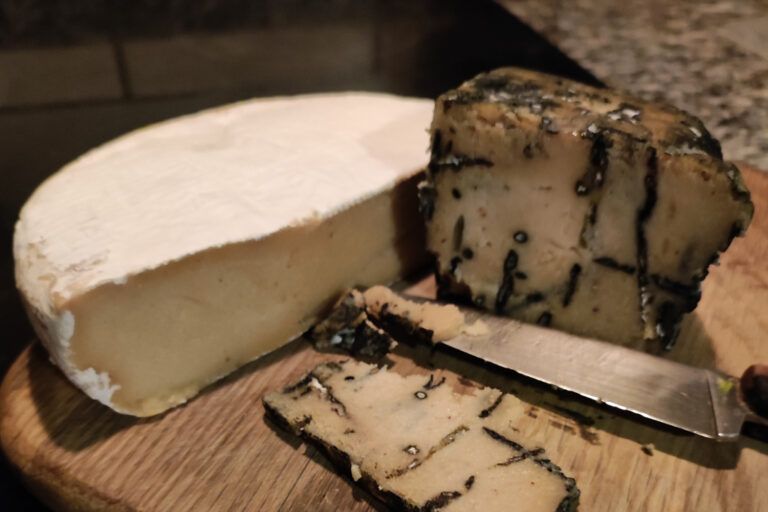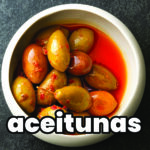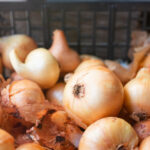The Best Fluffy Pancakes recipe you will fall in love with. Full of tips and tricks to help you make the best pancakes.

If you’re a vegetarian or vegan visiting Spain, preparing a quick and delicious meal with pasta and a topping of ready-prepared pasta sauce can be an ideal and quick meal solution solution, especially if you’re staying in self-catering accommodation with a basic kitchen.
You’ll find ready prepared pasta sauces in most supermarkets and packs which are likely to be familiar to you. However, to make your food shopping easier, here’s the the types of pasta sauces available in Spain, where to find them, how to choose suitable options, and how to enhance them for a standout meal.
Types of Pasta Sauces Available in Spain
In Spanish supermarkets, you’ll mainly find classic Italian sauces and a few local options. Some of the most common include:
- Tomate frito: Similar to Italian passata, this basic tomato sauce is used as a base for other recipes.
- Sofrito: A classic Spanish base made with tomato, onion, and garlic. It’s versatile and can be used directly with pasta or as a base for other sauces.
- Salsa napolitana: Tomato sauce with herbs, onion, and sometimes garlic.
- Salsa arrabbiata: A spicy option with chili.
- Pesto: Typically made with basil, pine nuts, and cheese. Note: Most versions contain cheese (check that it’s vegetarian), so they’re not vegan but you may find vegan alternatives.
- Salsas carbonara or boloñesa (bolognaise): These usually contain animal products and are not suitable for vegetarians or vegans, however you may find vegetarian or vegan alternatives available like this made with soya (soja) from Eroski:
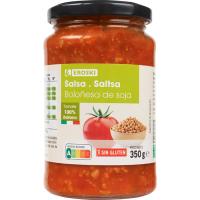
Spanish-style pasta sauces are rare, but you may find adaptations like sauces with piquillo peppers or ingredients such as olives.
Fresh Vs Jars of Pasta Sauce
You will find both fresh and jars of ready prepared pasta sauce available. The fresh sauces will be in the refrigerated chilled section and the jars will likely be near the dry pasta section.
There are pros and cons for each – jars of pasta sauce can be stored at ambient temperature so don’t need to be stored in a refrigerator, however this is balanced with the fact they are likely to contain more preservatives and may be less tasty. However, chilled pasta sauces are likely to be more expensive and will need storing in a fridge.
Where to Buy Pasta Sauces
Ready prepared pasta sauces are pretty common and you’ll certainly find things like tomato frito in even the smallest of supermarkets. Some of the most specialized sauces may not be so readily available.
Large supermarkets: Chains like Mercadona, Carrefour, or Alcampo offer a good selection of jarred sauces (in the canned goods section) and fresh sauces (in the refrigerated area).
Specialty stores: Gourmet or organic shops often stock higher-quality vegan options, including vegan pestos or organic sauces.
Local shops: While they may have a smaller selection, you’ll almost always find tomate frito or sofrito, which can be used as a base.
How to Identify Vegetarian or Vegan Options
You won’t necessarily find that products are labelled as ‘vegetarian’ or ‘vegan’. For example, the jar of bolognaise sauce above is suitable for both vegans and vegetarians, but it is not labelled specifically as such. Therefore it’s very important to read the labels.
What to AVOID
Vegetarians should look out for the addition of meat – and there will often be a visual clue on the packaging showing a lump of meat or fish (but not always). Vegans should watch out for:
- Animal-derived ingredients (Ingredientes de origen animal):
- Milk (leche), cream (nata), butter (mantequilla)
- Cheese (queso): parmesan (parmesano), grana padano, pecorino
- Meat stock (caldo de carne), chicken stock (caldo de pollo)
- Fish (pescado), anchovies (anchoas)
- Animal-derived additives (Aditivos de origen animal):
- Lactose (lactosa)
- Casein (caseína)
- Whey (suero lácteo)
- Other ingredients (Otros ingredientes):
- Animal fats (grasas animales), sometimes listed simply as “fats” (grasas) without specifying if they’re plant-based.
- E120 (carmine red dye, derived from insects).
Tips: How to Dress Up & Extend a Shop Bought Basic Pasta Sauce
If you have a small kitchen and limited time, here are some ideas to “dress up” a basic shop-bought sauce to create a stand-out dinner in your self catering accomodation. Look out for fresh local ingredients to create a wonderful meal:
Fresh or frozen vegetables (Verduras frescas o congeladas): Add spinach (espinacas), zucchini (calabacín), or quickly sautéed peppers (pimientos).
Tip: look for prepared packs of mixed vegetables in supermarkets for a super-convenient option
Herbs and spices (Hierbas y especias): Add fresh basil (albahaca), oregano or other herbs (find fresh in the salad sections. If you like warm smokey heat in your food, add a sprinkle of El Pimentón de la Vera to your sauce.
Avocado: Add a mashed avocado to a jar of vegetarian/vegan pasta sauce to both extend it and add some extra creamyness.
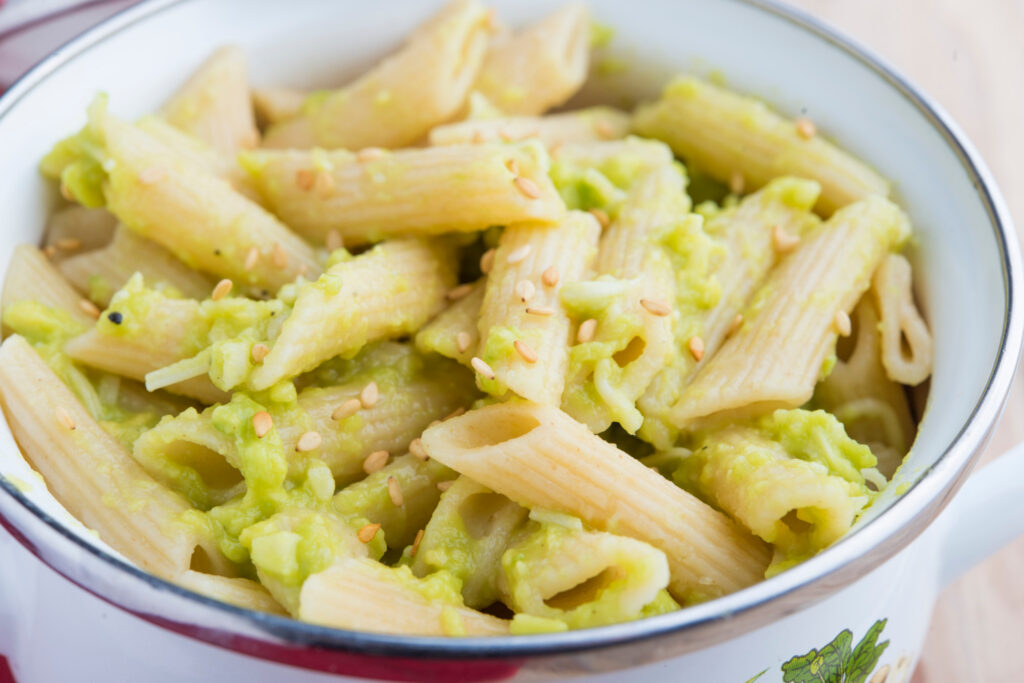
Olives and capers (Aceitunas y alcaparras): Perfect for a Mediterranean flavor (found in the aperitivo aisle)
Nuts and seeds (Frutos secos y semillas): A handful of toasted pine nuts (piñones) or sunflower seeds (semillas de girasol) adds texture and flavour. You will find sunflower seeds EVERYWHERE!
Plant-based proteins (Proteínas vegetales): Include TVP (textured soya), tofu, tempeh, or cooked chickpeas (garbanzos) for a more complete meal. While tofu and tempeh might be difficult to find outside of the larger supermarkets or specialist shops, you will find chickpeas readily available in all stores. You may find TVP in the dried good section of a supermarket or in the health food aisles.
Pasta teamed with a ready prepared pasta sauce is a quick way to create a tasty meal using very little equipment and time!
So… tell me!! Have you used shop bought pasta sauces when self catering in Spain? What tips do you have to share with others for creating delicious vegetarian and vegan pasta dishes?



